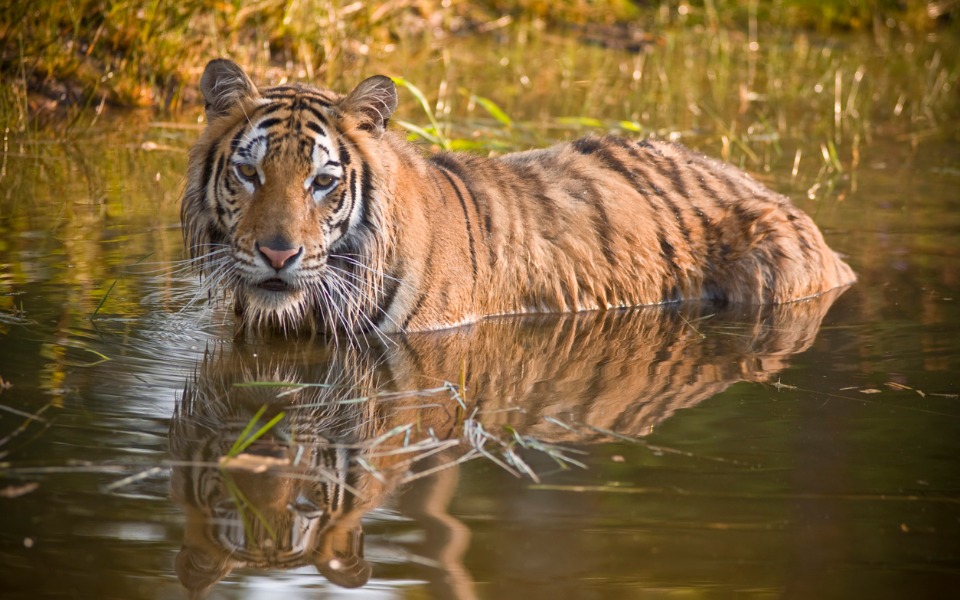
Panna Tiger Reserve declared a UNESCO biosphere reserve

Panna Tiger Reserve (PTR), which has seen several ups and downs since its establishment in 1981, has been included in the list of United Nations Educational Scientific and Cultural Organisation (UNESCO) biosphere reserves.
In 2008, after more than a decade of it becoming a tiger reserve in 1994, the number of tigers in the reserve had fallen from 40 to zero, primarily due to poaching. Due to concerted efforts by officials, conservationists and locals, however, the situation was turned around. The Tiger Reintroducion Project in 2009, in which a male and a female tiger were reintroduced, led to the number of tigers increasing to 52 within 10 years.
Despite the success of PTR, the problem of poaching remains.
Related News: India hosts 70% of world tiger population, TN’s Kalakad ‘low on harm factor’
The new list of UNESCo biosphere reserves includes sites in Maldives, Mongolia, Indonesia, and Nigeria.
The other Indian reserves recognised by UNESCO as global bioreserves are Nilgiri, Gulf of Mannar, Sunderban, Nanda Devi, Nokrek, Pachmarhi, Similipal, Achanakmar-Amarkantak, Great Nicobar, Agasthyamala, and Khangchendzonga.

